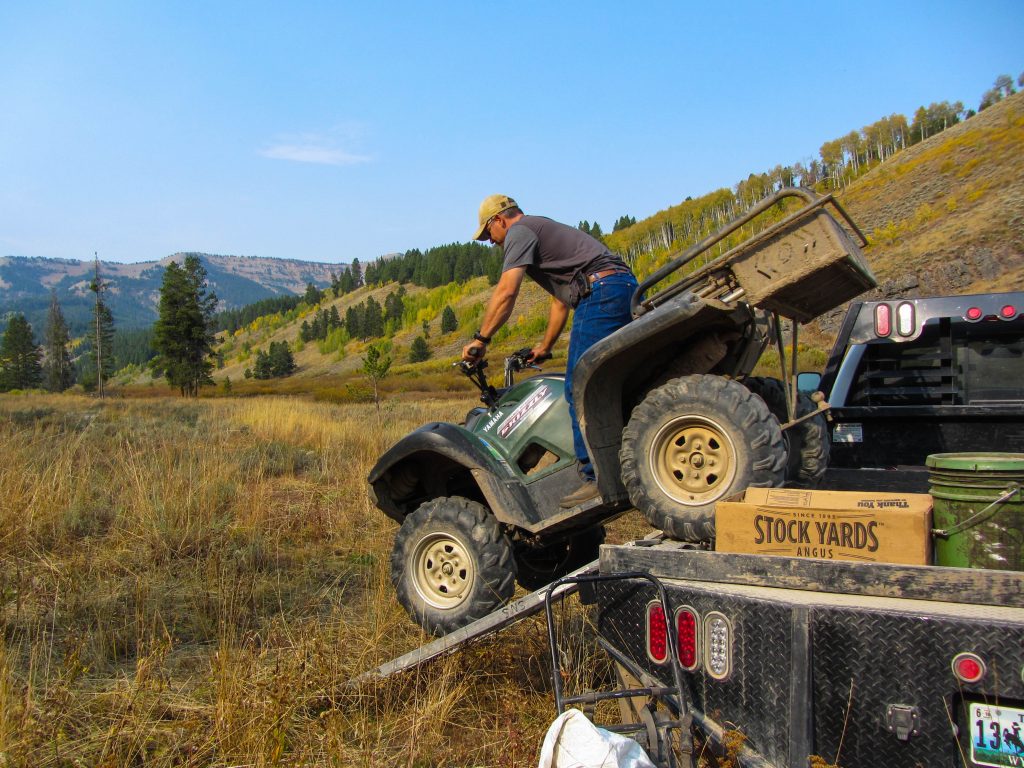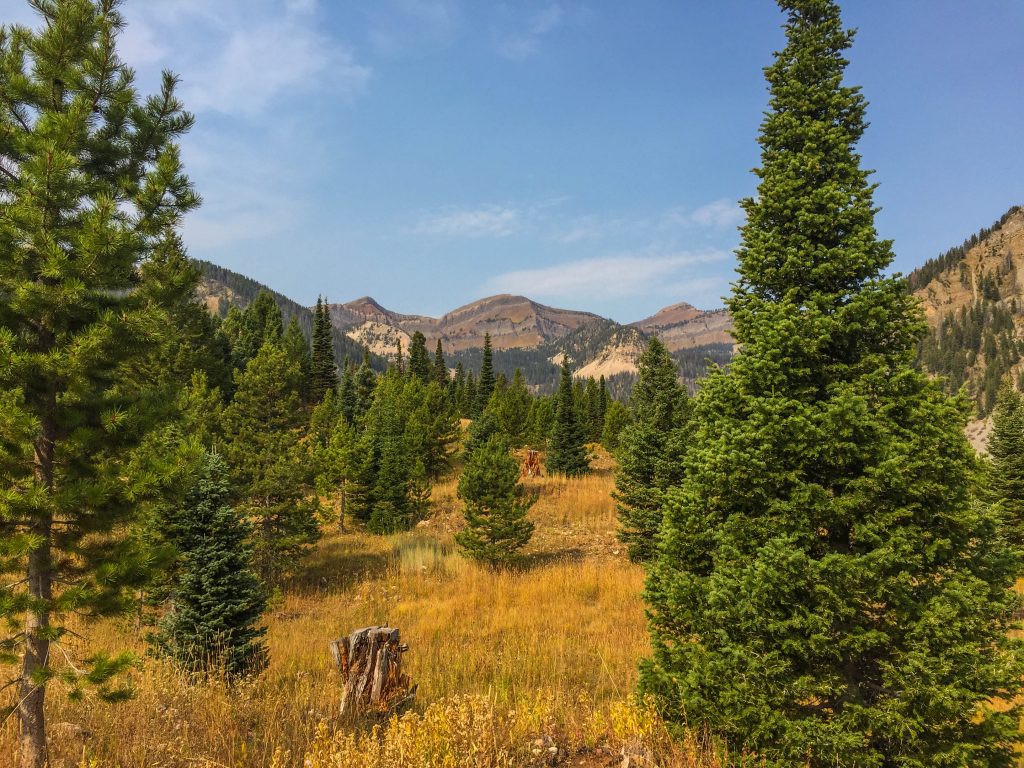Fall Black Bear Hunting Season Preparation: Bear Baiting
Baiting bears is a very labor intensive, time consuming, and challenging task. It’s not for the faint of heart. However, many hunters know it to be an effective way to harvest a black bear. For that matter, baiting is one of the most popular methods of hunting black bears throughout North America. Baits are typically comprised of grains, meat, pastries, popcorn, and different breads. They’re placed in barrels (or other containers) in prime bear habitat, and because bears are omnivorous, they will eat most anything.
When baiting is done properly, it can increase the hunter’s odds of success. That said, baiting does not guarantee that a bear will be harvested. When there is an abundance of natural forage (berries, insects, seeds, and nuts), the bears have plenty to gorge on. Therefore, the hunter’s bait site may never see a trespassing bear. One of the main benefits to baiting bears, though, is that it allows the hunter to analyze the bear before harvesting. The size — and sometimes the sex — can be determined via a quick glance, and it is also possible to spot a sow with cubs. Furthermore, baiting allows the hunter to take the best shot, under ideal shooting conditions, and at close range. This creates a more humane harvest as well as decreases the chance of wounding the animal. Wounded bears can be very difficult to track as they don’t leave signs like other big game animals do!

Typically, post-sunset is the most productive time of day for bear activity. As the day goes on, and dusk approaches, the odds of seeing and harvesting a bear are much more likely. It is known that big bears predominately assume the coast is clear during the last few minutes of daylight. Bears are naturally nocturnal, which means that despite how lucrative a bear bait is set up, most baiting sites usually don’t encounter activity until it is dark.
As a set standard, most of the Game and Fish Departments in the United States use the North American Model of Wildlife Conservation, and many believe that hunting is an essential part of managing a species population. Furthermore, hunting bears — over baits — can assist in managing their population density. Baiting also helps conserve female mortality. “Female bears leave dens later in spring than males and tend to be less bold. Because of the potential for greater hunter selectivity with baits, fewer females are harvested while hunting over bait. Harvest data from Wyoming has shown that a smaller percent of females are taken when using baits in most bear management units” (Wyoming Game & Fish – Black Bear Management Plan).

In Wyoming, approximately 320 black bears are harvested annually. With approximately 3,000 hunters going afield, annually, that is a success rate of about 12%. Unsurprisingly, the more time and effort outfitters put into baiting, the more likely they are to harvest a black bear. Hunting over bait not only assists the hunter with a better opportunity to harvest a bear, but it also allows for a clean, ethical kill and helps manage our natural resources.
Last but not least, in addition to black bears creating a beautiful rug or mount, they’re also a great source of pure, organic, and sustainable protein. For delicious recipes, visit www.meateater.com.
Until we meet on the mountain, good luck on your next adventure!
Questions about our fall or spring black bear hunts? You can contact us here, or request a free catalogue here!

